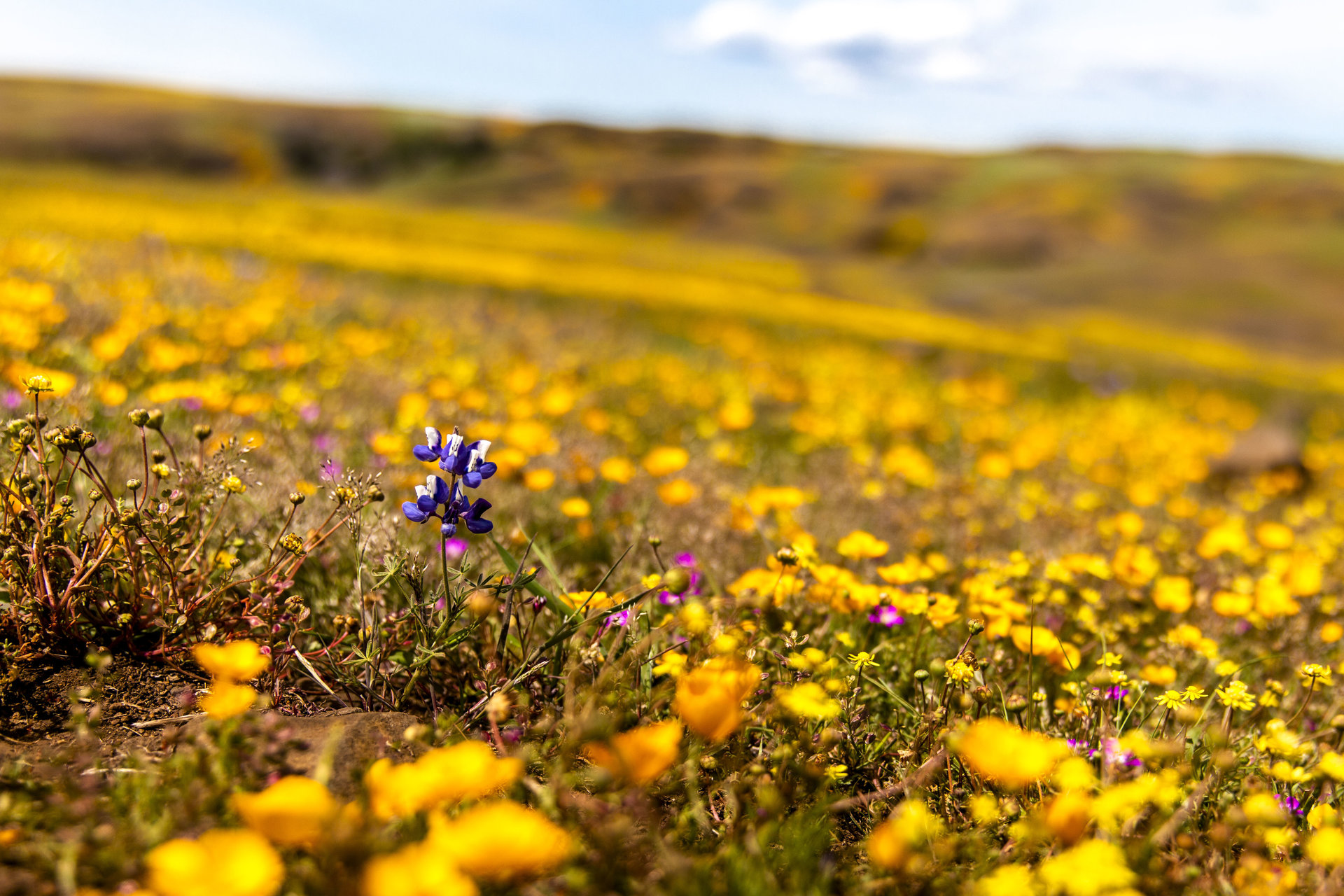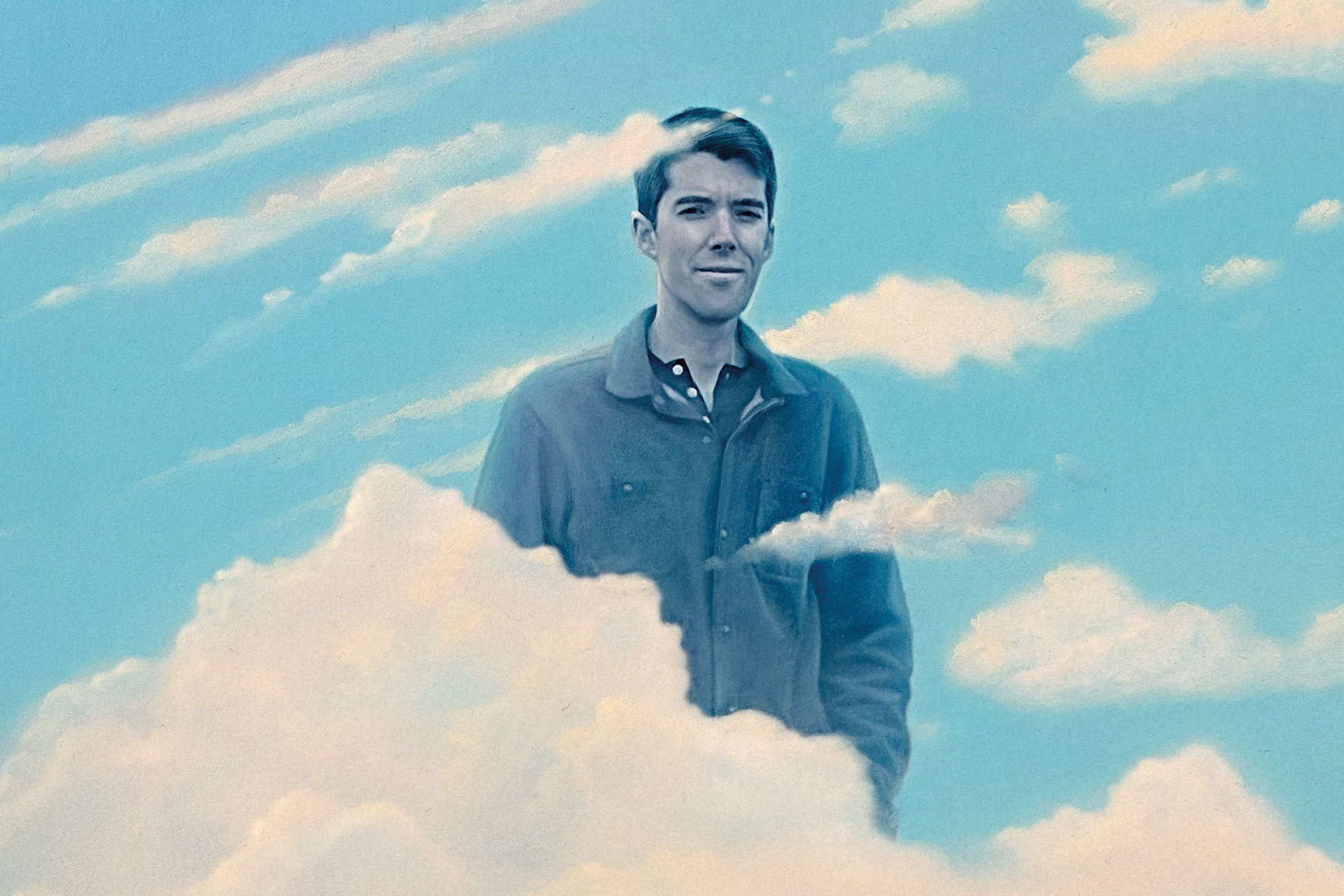Hazards
-
Stanford scholars are exploring the connection between plastic and disease, rethinking how plastic could be reused, and uncovering new ways to break down waste.
-
Programs and policies that help households go beyond stocking up on food and medical supplies to invest in longer-term protections could overcome the risk perception gap and support adaptation to rising climate-related threats.
-
A new report looks back at the most impactful environment and sustainability research from Stanford scholars in 2023.
-
Daniel Swain, PhD ’16, studies extreme floods. And droughts. And wildfires. Then he explains them to the rest of us.
-
A new Stanford study shows how the number and intensity of foreshocks accelerate dramatically just before major volcanic earthquakes. The information could help us understand earthquakes along major fault lines.
-
When multiple atmospheric rivers hit California back-to-back, the economic damage from resulting rain and snowfall is three to four times higher than predicted from individual storms, a Stanford study finds. The insight could help water managers and disaster planners better prepare for future impacts of climate change.
-
From a single footfall to catastrophic tremors, waves of impact are all around us. The researchers at the John A. Blume Earthquake Engineering Center study the world’s vibrations – big and small.
-
Planetary Health Postdoctoral Fellow Alandra Lopez investigates toxins in the environment that affect the health of people living or working nearby.
-
New research from Stanford University shows wildfires can transform a natural element in soils into a cancer-causing and readily airborne metal known as chromium 6.
-
In a test of their new analysis tool, researchers show where “moving up” or “moving over” may make the most sense for those affected by the 2022 Pakistan flood, and what costs it would entail.
-
Stanford researchers examined how often Californians visit emergency departments and found that people tend to avoid the hospital on the smokiest days.
-
Stanford research reveals the rapidly growing influence of wildfire smoke on air quality trends across most of the United States. Wildfire smoke in recent years has slowed or reversed progress toward cleaner air in 35 states, erasing a quarter of gains made since 2000.
-
Studying the chemical secrets locked in coastal rocks, a geoscientist says we can know what coastlines looked like long ago and understand where they are headed tomorrow.
-
Stanford experts explain how climate change affects hurricanes and typhoons, where hurricanes are likely to make landfall and bring damaging winds in the future, and more.
-
Minghao Qiu, a postdoctoral scholar in Earth system science and a Planetary Health Postdoctoral Fellow at the Stanford Center for Innovation in Global Health, discusses his work modeling how climate change might influence air pollution levels – and how increased air pollution from wildfires, dust, and the burning of fossil fuels might affect people’s health.
-
Stanford research finds low-income communities in California face a “wildfire safety deficit” as a result of longstanding policies about who should pay to move power lines underground.
-
As sea levels rise and flooding becomes more frequent, many countries are considering a controversial strategy: relocation of communities. A Stanford analysis of planned relocations around the world reveals a blueprint for positive outcomes.
-
New study reveals how people in low-income communities of color are inequitably vulnerable to wildfire smoke, extreme heat, and other hazards fueled by climate change. The pilot study details ways for these communities to gather data and improve outcomes.
-
Understanding the physics of wind currents above forest canopies may help wildfire managers forecast the flight paths of dangerous burning embers, or firebrands, which are responsible for most home destruction during wildfires.
-
Wildfire smoke from Canadian wildfires is polluting air across much of the northeastern US. Explore Stanford research about wildfire smoke, health impacts, and solutions.
-
A new approach quantifies the value of mangrove forests in Belize for carbon sequestration, tourism, fisheries, and coastal protection, then uses the values to target conservation and restoration. (Source: Stanford Natural Capital Project)
-
A new method for estimating cliff loss over thousands of years in Del Mar, California, may help reveal some of the long-term drivers of coastal cliff loss in the state. (Source: Stanford News)
-
New research reveals wastewater injected underground by fossil fuel operators caused a magnitude 5.6 earthquake in November 2022 in the Peace River area of Alberta’s oil sands region. This is the first study to link seismicity in the area to human activity. (Source: Stanford News)
-
Stanford climate and energy policy expert Michael Wara addressed the U.S. Senate Committee on the Budget about the economic risks of climate-fueled wildfire. (Source: Stanford Woods Institute for the Environment)
























